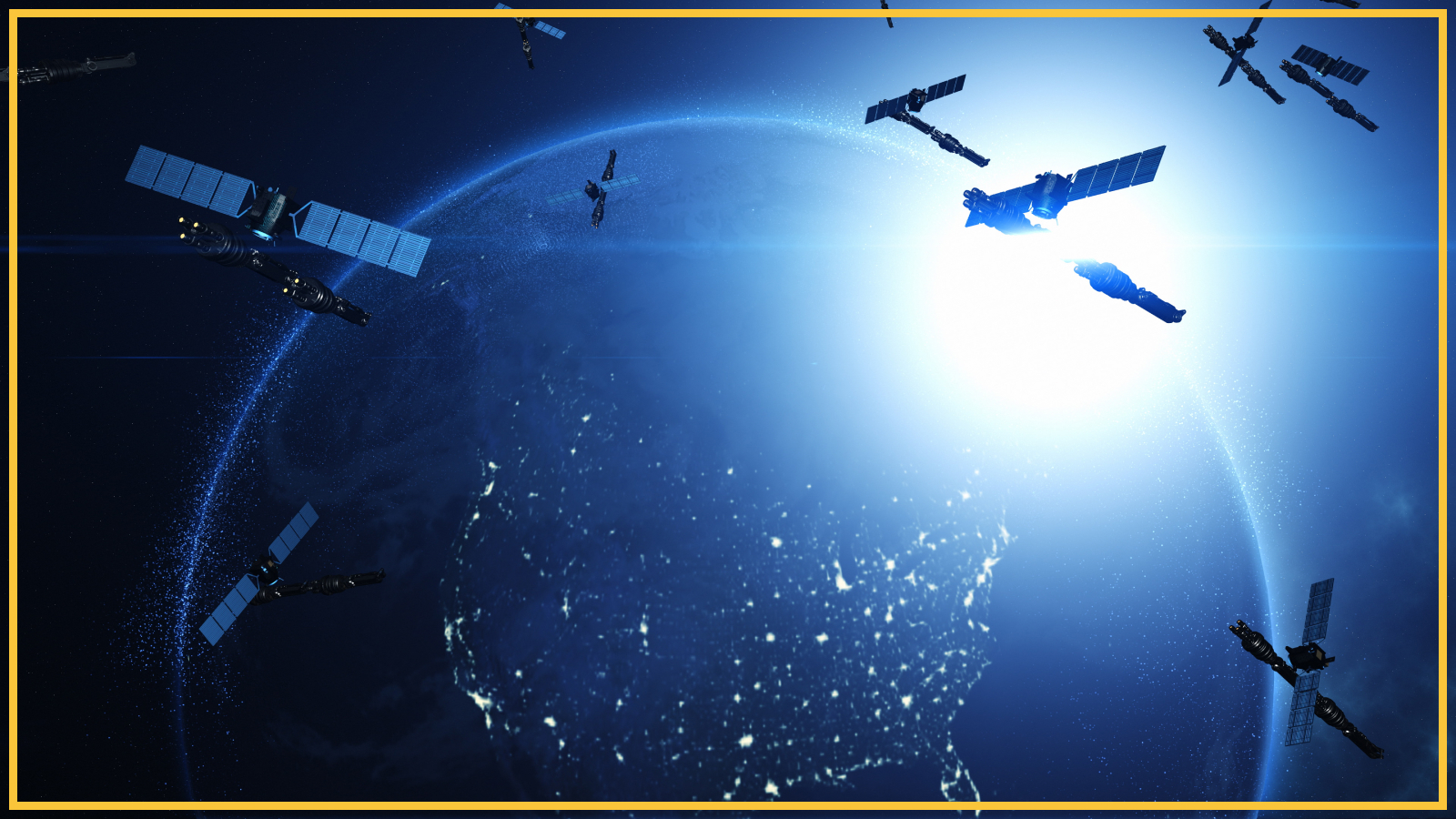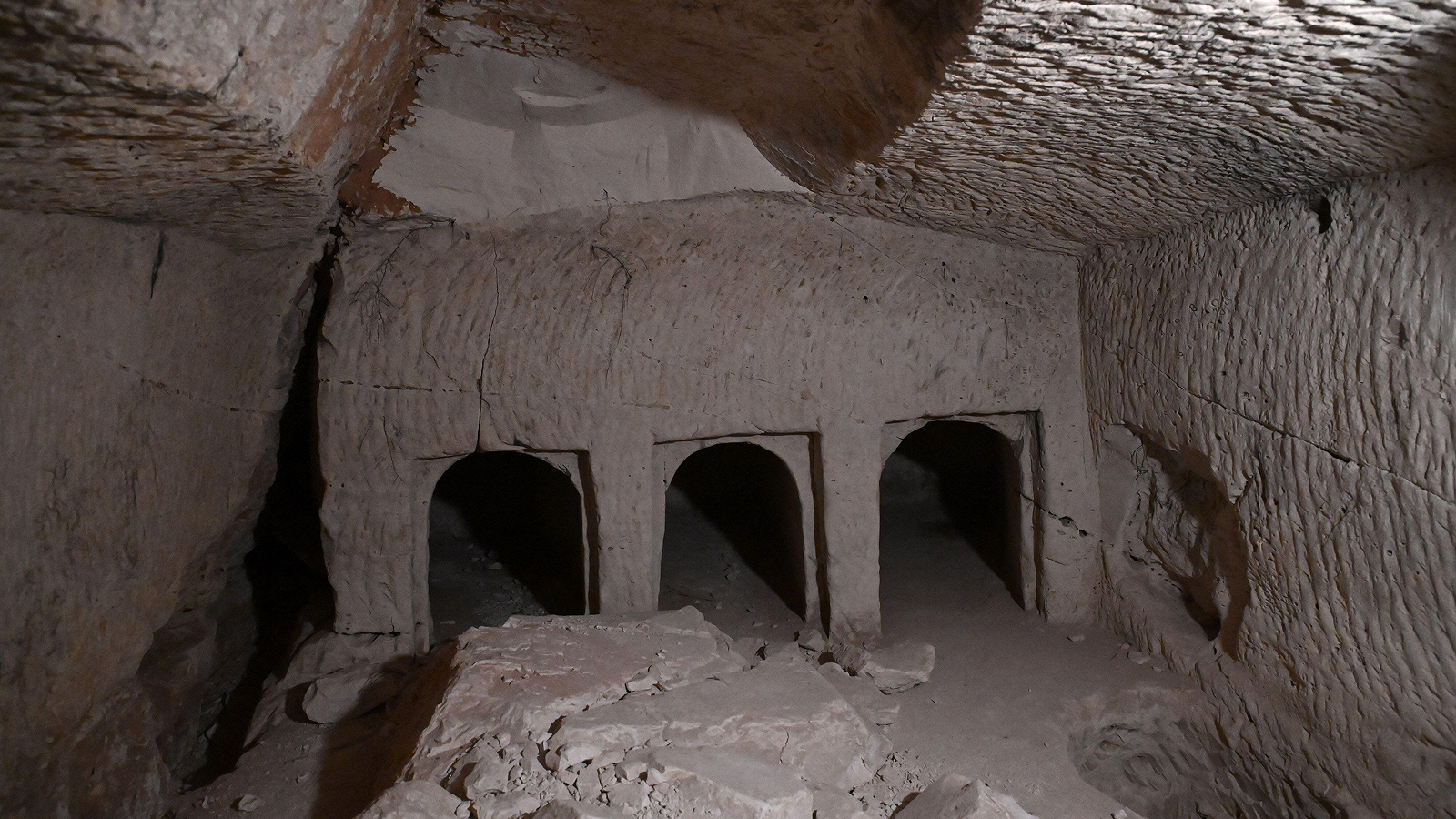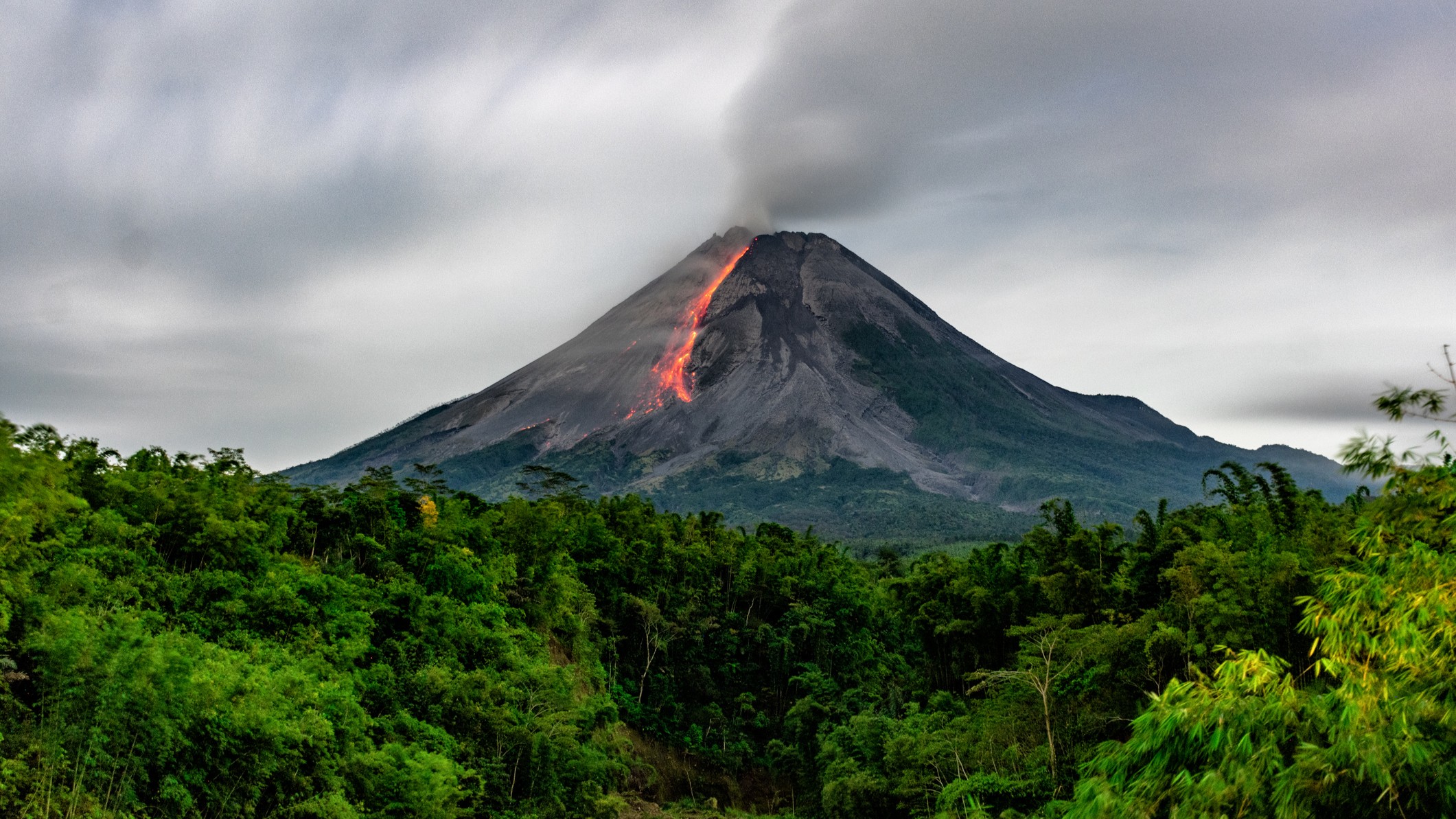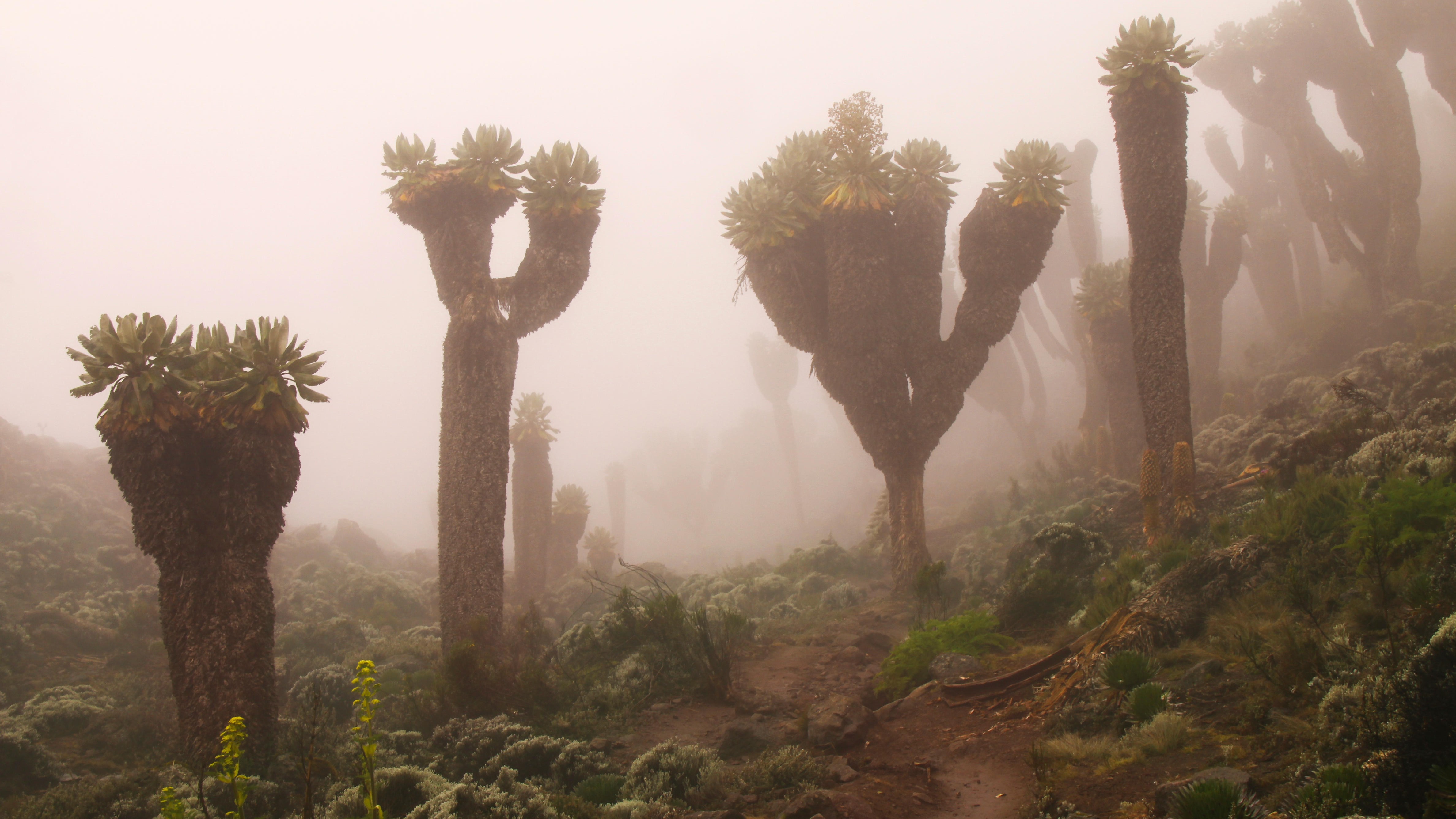Hawaii’s Kilauea volcano has been erupting with gigantic fountains of lava, the likes of which haven’t been seen in around 40 years.
On Sunday (May 25), some of these lava fountains shot up more than 1,000 feet (300 meters) into the sky. Scientists estimated that while this was going on, the volcano was also emitting up to around 83,000 tons (75,000 metric tons) of toxic sulphur dioxide per day, according to an update on the U.S. Geological Survey (USGS) website.
The ongoing eruption in the Halema’uma’u crater has been on pause since the dramatic scenes on Sunday, though magma remains close to the surface and the volcano continues to emit sulfur dioxide. The latest fountain activity marked the 23rd episode of Halema’uma’u crater’s eruption cycle that began on Dec. 23, 2024.
Kilauea has been producing fountains of lava in waves that last anywhere from a few hours to over a week since the start of this eruption. In a volcano update on Tuesday (May 27), USGS representatives compared the ongoing activity to that of the historical Pu’u’ō’ō eruption on the eastern rift zone of Kilauea. The Pu’u’ō’ō eruption began in 1983 and didn’t stop until 2018, but the early years were marked by high lava fountains, similar to those currently produced in the Halema’uma’u crater.
“The current eruption has been characterized by episodic fountaining not seen in any eruptions since the 1983-86 episodic fountains at the beginning of the Pu’u’ō’ō eruption,” USGS representatives wrote.
Related: Heavy dusting of ‘pineapple powder’ paints Hawaii’s volcanoes white after near-record snowfall — Earth from space
Kilauea volcano is one of the world’s most active volcanoes and has erupted almost continuously on Hawaii’s Big Island for more than 30 years. The volcano makes up about 14% of the island’s land area and rises 4,190 feet (1,227 m) above sea level. Halema’uma’u crater is at the summit of the volcano and is said to be the home of Pele, the Hawaiian goddess of fire and volcanoes.
The Halema’uma’u eruption is taking place in a closed part of Hawaii’s Volcanoes National Park. However, while the eruption itself is confined to the park, the gases it emits can travel beyond the park’s limits.
“High levels of volcanic gas—primarily water vapor (H2O), carbon dioxide (CO2), and sulfur dioxide (SO2)—are the primary hazard of concern, as this hazard can have far-reaching effects downwind,” USGS representatives wrote.
The sulfur dioxide released from the volcano can mix with other gases and particles in the atmosphere to create a haze called volcanic smog (vog). Inhaling vog at high concentrations may cause respiratory problems and other health issues such as eye and skin irritation, according to USGS.
There are a variety of other hazards associated with the ongoing volcanic activity, including strands of windblown volcanic glass. These hair-like strands, named Pele’s hair after the Hawaiian goddess, form when gas bubbles within lava burst at the surface, and their skin stretches into long threads. These strands are currently spread across the Kilauea summit. The extent to which they move depends on lava fountaining and wind conditions, but the USGS warned that they pose a threat to human health.
“Residents and visitors should minimize exposure to Pele’s hair and other volcanic fragments, which can cause skin and eye irritation,” USGS representatives wrote.
USGS offers views of the Kilauea summit through live webcams. These video feeds capture recordings of places that are off limits to the general public because they’re unsafe to visit.
US volcano quiz: How many can you name in 10 minutes?














